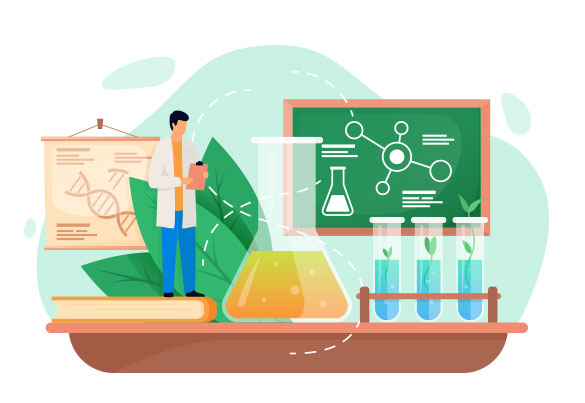Chemical reactions-based Design
The construction of a compound library can be accomplished in several ways, such as by using known reaction patterns and available reagents, based on functional groups, by ab initio design, by morphing/transformation, or by modifying a molecular graph. Representing chemical reactions is important for identifying reactants, products, and sometimes even reaction centers. Therefore, researchers often describe substructural transitions by specifying reactive substructures in reagents and products. Nowadays, multiple software have been designed to record and construct detailed information about the reaction process. These methods are powerful and flexible, allowing the inclusion of a variety of information, including atomic mapping.
 Figure 1. SMILES, SMARTS, InChI and InChIKey concepts. (Schmidt, M. F. et al. 2009)
Figure 1. SMILES, SMARTS, InChI and InChIKey concepts. (Schmidt, M. F. et al. 2009)
Chemical reaction database systems
The information stored in the reaction database allows for various improvements in the initial selection of pharmaceutical processes, which are useful in the reduction of costs and time required. BOC Sciences has built a high-quality reaction databases to compare different reactions to yield the same products, to analyze different ways of performing specific transformations of a functional group, and to specify reaction’s conditions. In addition, we can evaluate the reaction pathways in terms of performance, cost and sustainability.
Searching for reactions and retrieving relevant information from chemical reactions includes searching for chemical structures of reagents or products, conversion information (reaction centers), reaction descriptions (types of reactions), and numerical data about experimental reactions (yields, selectivity, reaction conditions, etc.). Our team classifies the databases concerning their search reaction information and has established the following criteria:
- Structural information for target products and reagents are available
- Reaction centers are reliably assigned and searchable
- Reaction components such as reagents, catalysts, solvents are searchable
- Multistep reactions including individual and whole pathways are searchable
- Reaction conditions including pH, temperature, pressure should be searchable
- Reaction type
Assessment of synthetic accessibility
The type of compound obtained is essential for the effective design of the chemical library in order to later evaluate the strategy used. The choice of the strategy to be used depends to a large extent on the ease of the strategy and other issues such as structural features, physicochemical properties and diversity.
BOC Sciences recommends the application of "Rule of Three" to guide the fragment selection for fragment-based lead generation
- MW ≤ 300
- LogP -3 to 3
- HBA ≤ 3
- HBD ≤ 3
- tPSA ≤ 60
- Rotatable bond ≤ 3
In addition, we also apply “Rule of Two" to design new reagents for drug discovery programs
- MW < 200
- ClogP < 2
- HBD < 2
- HBA < 4
BOC Sciences provides professional, rapid and high-quality services of Chemical reactions-based Design design at competitive prices for global customers. Personalized and customized services of Chemical reactions-based Design design can satisfy any innovative scientific study demands. Our clients have direct access to our staff and prompt feedback to their inquiries. If you are interested in our services, please contact usimmediately!
Reference
- Schmidt, M. F.; et al. Dynamic template-assisted strategies in fragment-based drug discovery. Trends in Biotechnology. 2009. 27(9): 512-521.
